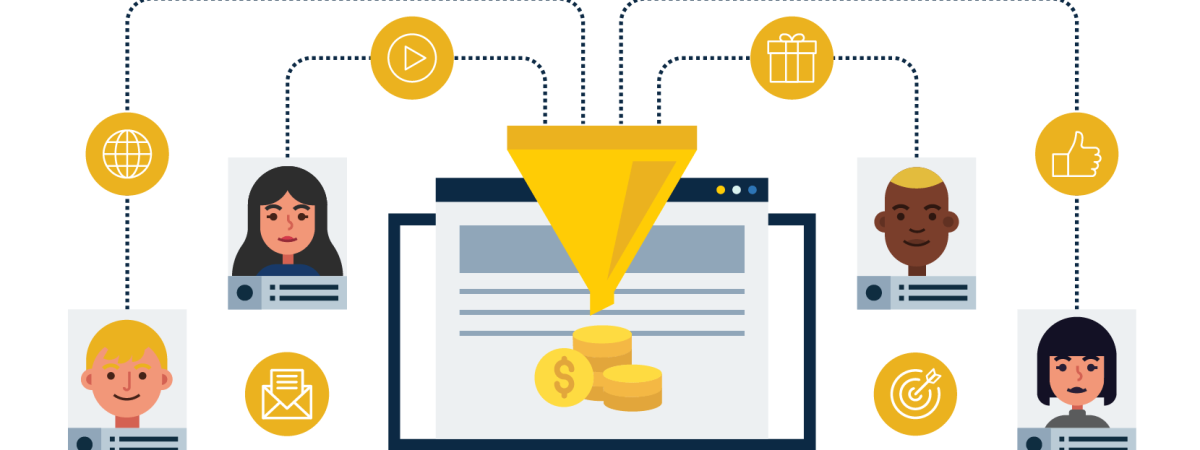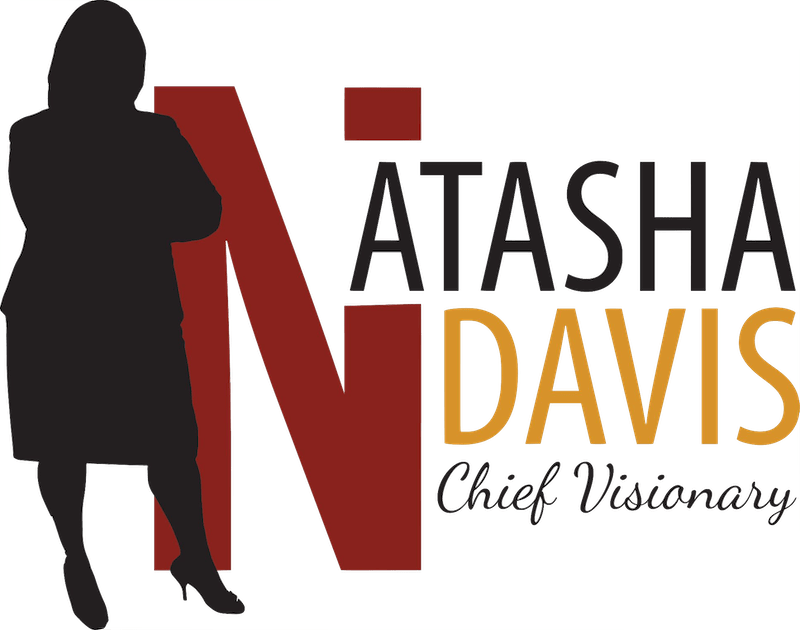
Lead generation is the method used to attract more qualified potential clients through sales and the method used to intentionally fill your pipeline to grow your business. Companies who do not have a solid and consistent lead generation strategy typically have unpredictable sales and volatile revenue activity. Many small businesses struggle with profitable lead generation due to having a myopic approach with their content and their reach.
A successful business develops a business model that incorporates methodologies for having a full sales pipeline in which they may always tap into. They get ahead of experiencing dry spells or shall I say dry wells!
It is through a productive sales pipeline which leads convert to clients. The foundation of lead generation includes defining your lead, defining your goals, having clear KPI’s, outlining the right plan of action and choosing the best platforms or outlets to distribute your message. Over the years, sales pipelines have been expanded to address many aspects of the sales and marketing process. However, the standard pipeline has Leads, Prospects, Offer and Customers. Regardless of which style pipeline your company adopts, every pipeline touches these four main areas.
The most effective Lead Generation Strategy must account for having a balanced Quality & Quantity Ratio, which we refer to in-house as our Q&Q Ratio. This ratio can be skewed based on budget allocation, manpower, skill set and understanding. The key principle to remember is this; on average in any given day, the average potential customer and existing customer is exposed to over 3,000 marketing messages, yet they will only pay attention to 52 of those messages and they will only accurately remember 4 of those messages.
The other principle is that there are well over 300 social media marketing platforms currently used and accessed today. Some are primarily for B 2 B engagement, some are for B 2 C engagement, many are for both, and we even have a few platforms for B 2 G engagement…. Business to Government. In today’s extremely crowded business world, having a clear lead generation strategy will ensure that your business and marketing campaigns are one of those 4 messages that have been remembered.
Two important aspects to keep in mind when developing your Lead Generation Strategy is what will be your Inbound Marketing activities and what will be your Outbound Marketing activities.
In 2019 the Chief Marketing Officer Survey (CMO Survey) reflected an average 7% – 10% of revenue for marketing spend and in 2020 the survey reflected a plan to increase the average spend to 12% -15%. As we know, though marketing and advertising comes in many forms, it is a necessary expense for consistent growth and sustainability. Ensuring the company has a strong and consistent inbound and outbound set of activities will be extremely valuable.
So what is the difference between Inbound and Outbound Marketing activities?
Inbound Marketing activities are used to help customers find your company and these are typically free broad-based initiatives. While Outbound Marketing activities are used to help your company find your customers and these are typically paid targeted initiatives. In today’s approach for doing business, you need both in order to be successful in capturing more market share and capitalizing on your lead generation.
Some common forms of Inbound Marketing activities are:
- Your website (make sure you have current SEO)
- Blogs or V-logs (make sure you are consistent with your content)
- Social Media (unpaid /unboosted) – (make sure you are consistent with posts
- Press Releases
- Podcasts and Interviews
- Newsletters and Email Marketing
Some common forms of Outbound Marketing activities are:
- Google Ad’s / Pay Per Click / Facebook Ad’s
- Landing Pages
- Event Marketing
- Direct Mailers
- Print or Radio Ad’s
- Sales Teams / Field Sales Teams
Once you have defined your audience for the service and or product you are marketing, choose your Lead Generation Strategy by selecting where and how you will reach your customers and then outline the content that you will distribute to them. Next, have a follow up and follow through plan for how you will communicate with your leads to convert them from potential customers to actual customers by progressing them through the sales pipeline.
I hope this article has been helpful, insightful and valuable. If you would like to have a Pick My Brain session to discuss the how to begin outlining or revising the lead generation strategy for your company, you are invited to schedule one online today.
